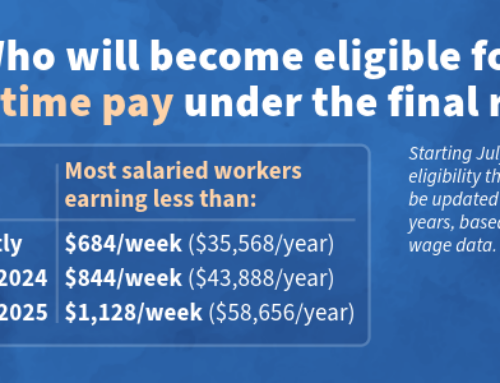Do you own investment real estate—perhaps an apartment building—you rent out to tenants? Despite complications this year, the real estate may still be a valuable source of income. Of course, any rental income you receive is taxable, but the resulting tax liability may be offset by deductible expenses. In some cases, you might even qualify for a loss—especially in 2020.
However, there is another wrinkle in the tax law. The loss may be disallowed under the “passive activity loss” (PAL) rules.
Background: Generally, losses from passive activities can only offset income earned from other passive activities. Any excess passive loss for the current year may be carried over indefinitely to future years.
For this purpose, a passive activity is an undertaking involving the conduct of a trade or business in which you do not “materially participate.” This means participation in the business activity on a regular, continuous and substantial basis. The IRS has issued regulations detailing the requirements for attaining this status. For example, you are considered to be a material participant if you work more than 500 hours a year at the activity.
A rental real estate activity is treated as a passive activity whether or not you materially participate in it. However, under a special tax law provision, an “active participant” in rental real estate may be able to use up to $25,000 of loss to offset non‑passive income. This exception is phased out for investors with an annual adjusted gross income (AGI) between $100,000 and $150,000. The tax benefit disappears completely if your AGI exceeds $150,000.
Note that the “active participation” test is less stringent than the “material participation” test. Still, the participation must be significant and legitimate. For instance, you might make management decisions, approve new tenants, arrange for repairs and so on. But simply listing yourself as a real estate manager or rental agent is not enough.
Add another complication to the tax equation. Under current law, a 3.8% tax applies to the lesser of “net investment income” (NII) or the amount by which your modified adjusted gross income (MAGI) exceeds $200,000 for single filers and $250,000 for joint filers. The definition of NII covers many income items such as capital gains, dividends, interest and the like. Significantly, NII also includes income from a passive activity.
One possible way to avoid an adverse tax outcome is to increase your level of participation to qualify as a “real estate professional.” Typically, to satisfy this test, you have to spend more than 750 hours on the activity during the year. Depending on your circumstances, it may be well worth the extra effort.
Alternatively, you might invest in passive income generators (PIGs) at the end of the year. By creating more passive income through a PIG, you can absorb a passive activity loss.
In summary: Analyze your personal situation with your JMF tax advisors. Then develop a plan that takes all the economic and tax implications into account.







Leave A Comment
You must be logged in to post a comment.